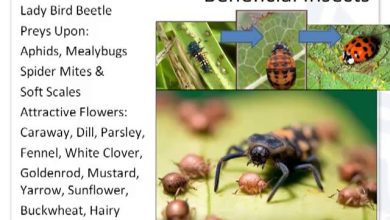Carnivorous plants: 4 plants that help us control pests
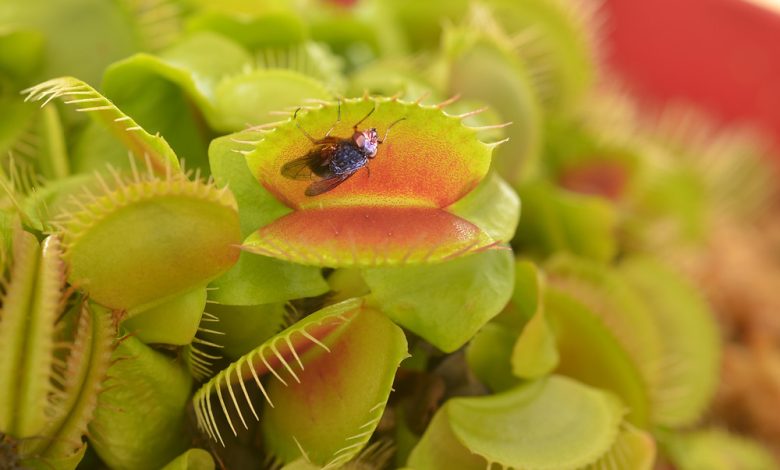
We have already spoken other times about the integrated fight against pests in the organic garden. It is about combining different control methods that are not very aggressive with the environment and that, practically without using phytosanitary products or other chemicals, we can control pests and diseases. The use of carnivorous plants is one of these ecological methods.
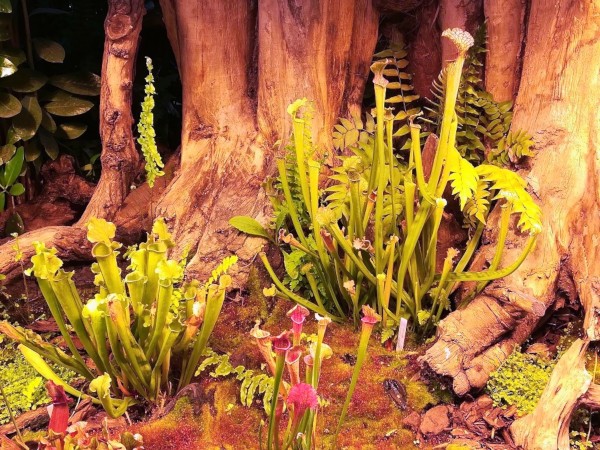
Using carnivorous plants in the garden can be a way to control mosquitoes, whiteflies and other pests that can appear on vegetables, greens or herbs in the garden and garden.
Why are carnivorous plants interesting in the vegetable garden and in the garden?
These plants are a natural enemy of many pests. They perform the same function as beneficial insects and other natural enemies that we have already seen in other posts: they feed on harmful insects. Therefore, the use of carnivorous plants is an example of biological pest control, much more positive for the environment than chemical control through the use of artificial insecticides and fungicides.
In addition, the four carnivorous plants that we will see today can also be used as ornamentals. They are original plants for the garden or balcony, very showy and exotic. I bet they will look good on any porch or garden and at the same time, they will make you enjoy an even more pleasant environment, with fewer mosquitoes hovering.
Some of the photos of these carnivorous plants that we will see today were taken by myself in the Palmiarnia Poznanska Botanical Garden . These huge greenhouses are in Wilson Park in Poznan, a beautiful city in Poland, perhaps not as well known as Krakow or Warsaw, but one of the oldest and most decisive cities in the history of that country. If you ever visit Poland, or even Berlin, and you have the possibility to move, I recommend you visit it, it is about 300 km from Warsaw and the same distance from the German capital.
But focusing on the subject… let’s go with the 4 insectivorous plants that most caught my attention in this Botanical Garden that I visited:
4 pretty and useful carnivorous plants
1. Nepenthes or «Pitcher Plants»
This plant looks great in hanging pots. They are not easy plants to grow, they are greatly affected by sudden changes in temperature or environment, among other things, but if the proper precautions are taken they can be grown even indoors. What’s more, they prefer shade and should be where they don’t get direct sun, imitating the environment of their place of origin, tropical forests, where they grow in the shade of thick vegetation (as seen in the photo).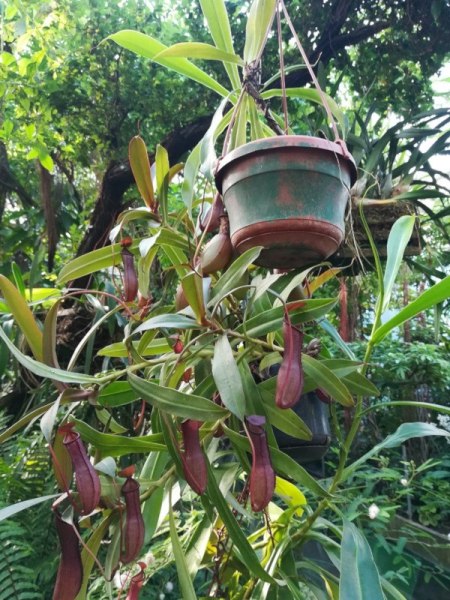
It is very important to maintain humidity with frequent watering (every 24-48 hours), and even spray water several times a day. The good news is that you don’t need compost, so this will save you some work. The fertilizer of the plant is the insects that it captures in its “jars”, from there it obtains the necessary nutrients and for this reason it is not convenient to add any extra fertilizer.
2. Pinguicula
The mechanism for capturing insects is different in this case. The showy flowers of plants of the Genus Pinguicula attract mosquitoes and other small insects, which get stuck on their sticky petals. They are beautiful and there are varieties of many different colors, yellow, purple, green, pink…
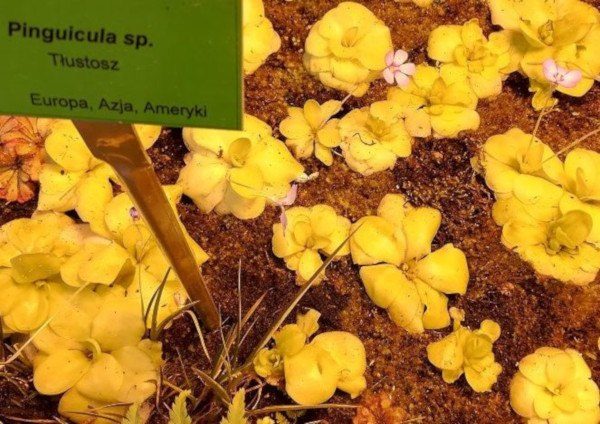
This yellow variety, for example, can be useful in the orchard to kill whitefly, as the color yellow is a magnet for this tiny orchard pest, so Pinguicula flowers will do the same job as the “yellow traps” that we saw in the post about controlling the whitefly plague.
3. Saracenia
These beautiful tunnel plants gave a very special touch to this garden.
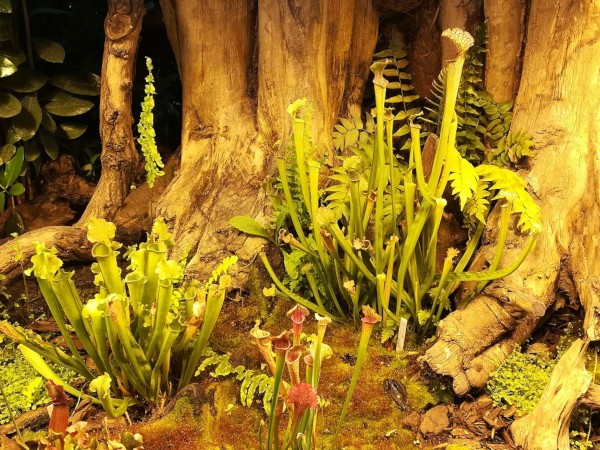
The tube-shaped plant has a sugary liquid inside that attracts insects. Once inside, Sarracenia closes the lid at the top and the insect is trapped and will be «digested» inside the plant.
4. sundew
Drosera is another very interesting carnivorous plant genus. It has more than 130 species, of different sizes and colors, but they all “work” in the same way, they trap insects thanks to a kind of hair or sticky tentacles that they have on their leaves.
This is a topic that I find very interesting and we hadn’t talked about it on the blog yet, so if you know other different carnivorous plants or have experiences and advice on growing any of them, don’t hesitate to write in the comments below..As carnivorous plants go a long way, we will surely write another post about interesting insectivorous plants for the garden, we will continue investigating.

![Photo of Cuttings of Drácena Marginata in Water: [Concept, Time, Rooting and Planting]](https://www.complete-gardening.com/wp-content/uploads/2022/08/cuttings-of-dracena-marginata-in-water-concept-time-rooting-and-planting-390x220.jpg)

